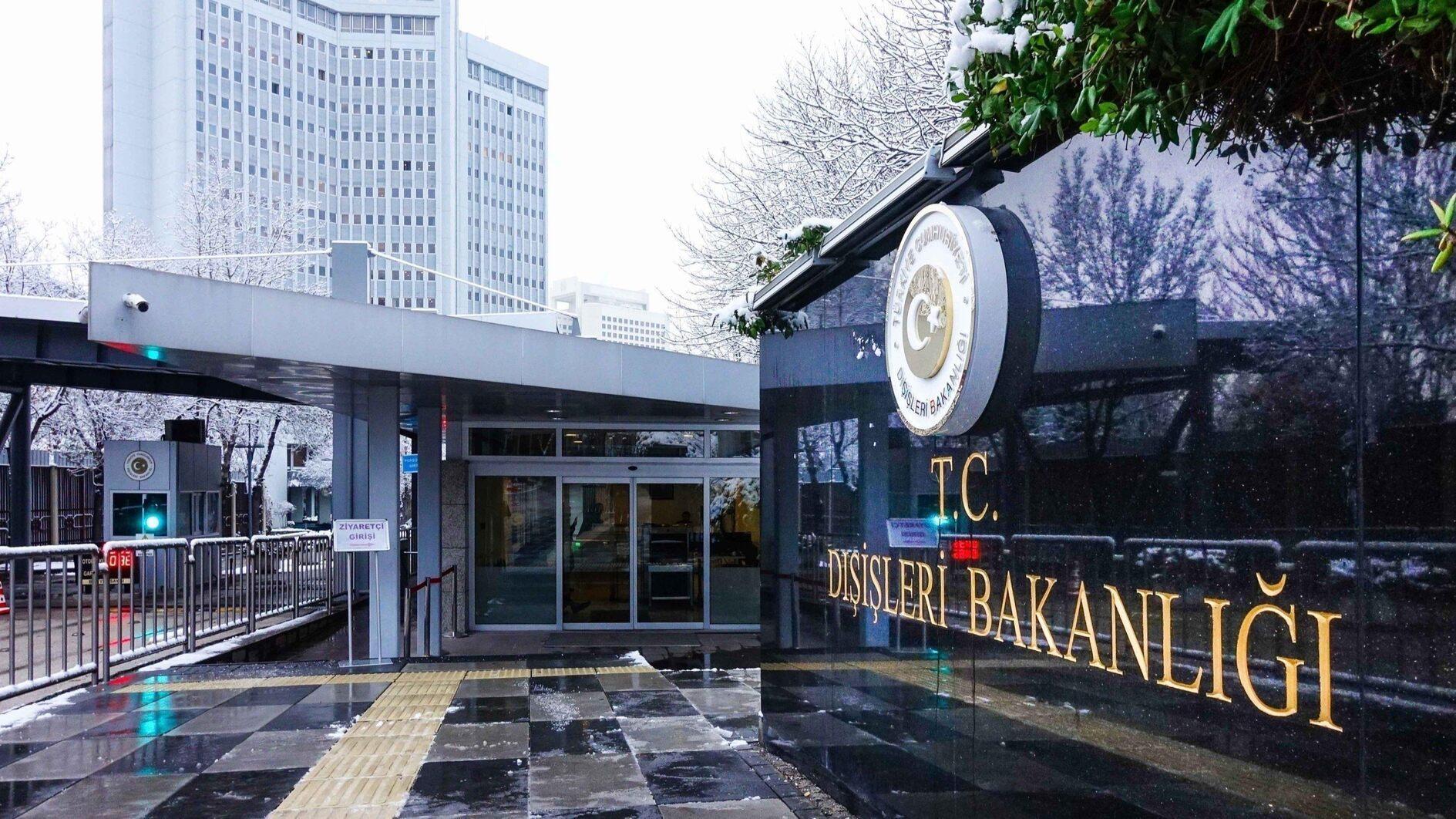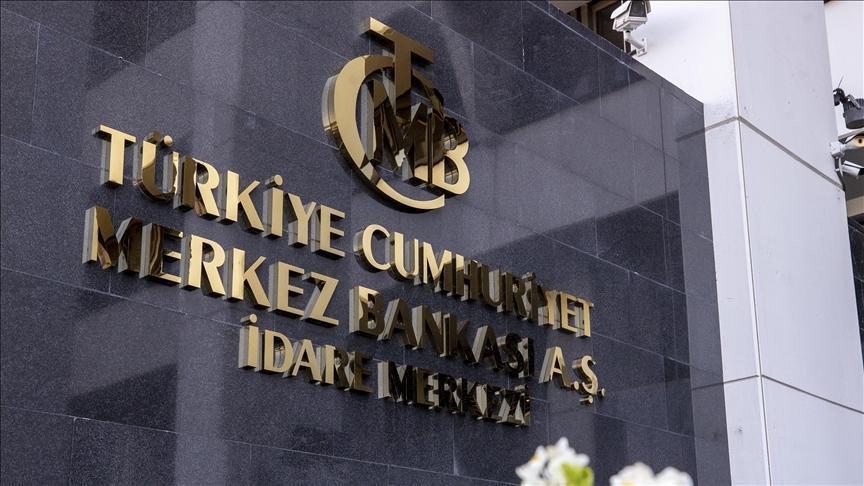What the recent protests in Jordan mean
Recently, there were nationwide protests in Jordan. People were out on the streets against plans for a new law to broaden the tax base, as well as high oil prices. The result? As of June 5, Jordan has a new government. Hani Mulki has gone and Omar Razzaz has come as the new prime minister. This is Jordan’s sixth government since the beginning of the Syrian civil war, which started in March 2011, mind you. Six governments in eight years. I think that is telling. Let me elaborate.
Migration is first and foremost a regional issue. When people are forced to leave their homes for whatever reason, they first flee to neighboring countries. That is true everywhere. It is true in Turkey, Jordan, Tanzania, Bangladesh and Colombia, and many other countries. If refugees cannot find opportunities to resettle in regional countries, they tend to move on, often to Western countries.
Take our region. With the war in Syria, 5.6 million Syrians were turned into forced migrants. Some 3.5 million of them are in Turkey, almost 1 million in Lebanon, and around 666,000 in Jordan. Why is there a problem in Jordan? Look at the Syrian population in each country as a share of the country’s population as a whole: Four percent in Turkey, 7 percent in Jordan, and 24 percent in Lebanon.
If migration is first and foremost a regional issue, the countries of that region must own it. There is, however, a need for firmer global commitments to deal with the orderly flow of migrants and ensure their integration into regional countries. Why? Because the influx of a sizable population into low or middle-income countries is a substantial burden on the public services and public finances of those countries.
None of the region’s bureaucracies—including Turkey’s—are built for this. Across the board, there is more unregistered activity, child labor, ghettoization in urban areas, and crime. Much of these trends are silent at the moment, but they are happening, and they will fester into long-term problems. Our countries did not have the capacity to nip these problems in the bud, and we do not have the capacity to present them from becoming chronic issues.
That is why even in Turkey, where the size and complexity of the economy allow easier integration for migrants, social cohesion has become an issue. When the residents of Ankara, Istanbul, and İzmir were asked whether they agree with the proposition that “the presence of foreigners in our city is good,” only 6 percent did not agree in 2006. By 2015, however, that number was at 40 percent. It is surely higher today, as more than 70 percent of Turks believe Syrians are taking jobs away from Turks.
Now consider that the same regional country dealing with a refugee influx is also following a classic structural reform program in the style of the International Monetary Fund (IMF) because it has unsustainable governmental debt reaching 95 percent of its GDP. That is Jordan for you. The effect is a kind of austerity plus if you ask me. Still looking for a reason why they had six governments in eight years? Dealing with a refugee crisis of these proportions is no time for structural reforms.
We now need to be innovative about blending regional ownership with firmer global commitments. The IMF and the World Bank need to be more resourceful. They need to look for smarter ways of debt relief and focus on innovative financing models. They could consider blended finance opportunities with development outcomes and using trade policy as a tool for integrating migrants into regional countries.
All this calls for more preferential treatment of regional countries. If done right, refugees could be a blessing in disguise for regional countries and they should be. It is a daunting goal, but it is doable.
The case of Jordan shows that the IMF needs to go beyond a call for firmer global commitments. Actions speak louder than words.











